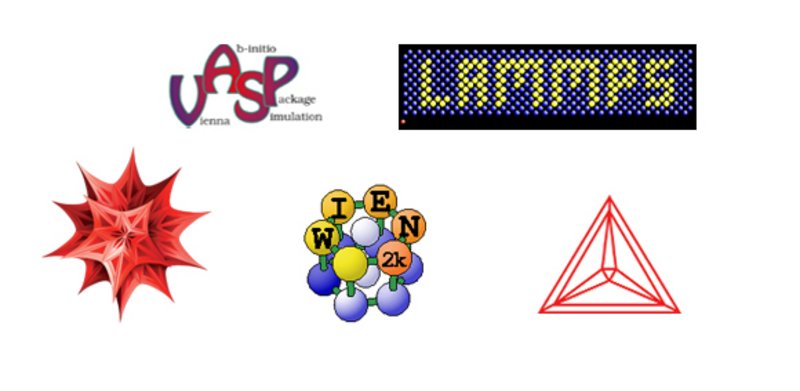Modelling
Modelling and simulation have become an essential part of modern materials research. On one hand, they provide an insight complementary to experiments, hence allowing for better understanding of materials behaviour. On the other hand, modelling techniques can be used for predicting materials properties, and thus save time and financial resources in materials design. Modelling activities at our department span a wide range of methods.
Quantum mechanical calculations of structural, mechanical, electronic, optical, and thermal properties are carried out using Vienna Ab initio Simulation Package (VASP) and Wien2k code, both employing Density Functional Theory. LAMMPS Molecular Dynamics Simulator is used for studies of extended systems (~10^6-10^8 atoms) in which the atomistic resolution is required at the same time.
Modelling on continuum level is performed using Finite Element.
Analysis as implemented in Abaqus suite. A universal analytical and numerical solver Mathematica is used for data processing, as well as for a direct evaluation of simple continuum models.
Thermo-Calc is a powerful software package used to perform thermodynamic and phase diagram calculations for multi-component systems of practical importance. Calculations are based on thermodynamic databases produced by expert evaluation of experimental data using the CALPHAD method.
The software runs on desktop PCs running Windows and Linux, Linux powered workstations, and an IBM High Power Computing system running IBM AIX Unix operating system.
